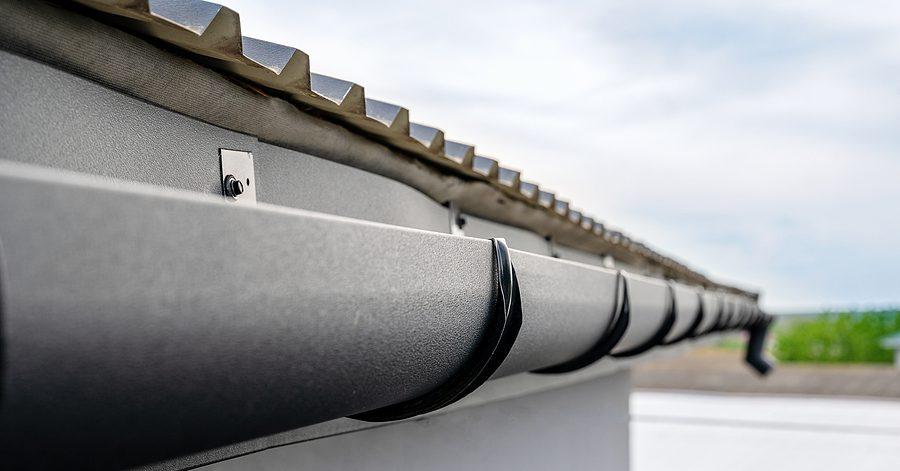When installing a metal roof on your property, proper water management is essential to prevent water damage, erosion, and other potential issues. One crucial component of water management is gutter installation on the metal roof. Gutters play a vital role in directing rainwater away from the roof and the foundation, protecting your property from water-related problems. In this article, we will explore the importance of gutter installation on a metal roof and the steps involved in ensuring a successful gutter system.

The Importance of Gutter Installation on Metal Roof
Gutters are an integral part of any roofing system, and this importance is heightened when dealing with a metal roof. Metal roofs have smooth surfaces that allow rainwater to flow more rapidly compared to traditional roofing materials. Without gutters to control the water flow, rainwater can cascade directly off the roof, causing erosion around the foundation and potentially leading to water intrusion into the property.
Additionally, gutter installation on a metal roof helps protect the roof itself. Constant water runoff without proper drainage can lead to the premature deterioration of the metal panels, reducing the lifespan of the roof and requiring more frequent repairs or replacements.
Steps for Gutter Installation on Metal Roof
- Choose the Right Gutter Type: The first step in gutter installation is selecting the appropriate gutter type. Gutters come in various materials, including aluminum, steel, and vinyl. When installing gutters on a metal roof, it is best to choose a material that complements the metal panels and is compatible with the roofing system. Additionally, consider the climate in your area and the level of maintenance required for each gutter material.
- Measure and Plan: Accurate measurements are crucial for proper gutter installation. Measure the length of the roof edges where gutters will be installed, and plan the gutter layout accordingly. Consider the slope of the roof to determine the ideal placement of downspouts for efficient water flow.
- Install Gutter Hangers: Gutter hangers provide support and stability to the gutters. They should be spaced at regular intervals along the roof’s edge. FWhen installing metal roofs, use hangers designed for metal roof installations. These hangers securely attach to the metal panels without causing damage.
- Attach Gutters: Once the hangers are in place, attach the gutters to the hangers using screws or brackets. Slope the gutters slightly towards the downspouts to facilitate proper water drainage. Ensure even installation of the gutters by using a level.
- Install Downspouts and Extensions: Downspouts are crucial for directing rainwater from the gutters to the ground or a drainage system. Install downspouts at strategic locations along the gutters to ensure efficient water flow. Consider using downspout extensions if needed to direct water away from the foundation and prevent erosion.
- Test the System: After completing the installation, test the gutter system by running water through the gutters and downspouts. Check for any leaks, misalignments, or areas with poor water flow. Make any necessary adjustments to ensure the system functions as intended.
Conclusion
Gutter installation on a metal roof is a critical step in proper water management and protecting your property from water-related issues. Properly installed gutters direct rainwater away from the roof and the foundation, preventing erosion and water intrusion. When installing gutters on a metal roof, choose the right gutter material, accurately measure and plan the installation, and use appropriate hangers and attachments. A well-designed and efficiently functioning gutter system will prolong the life of your metal roof and safeguard your property from potential water damage.



Leave a Reply